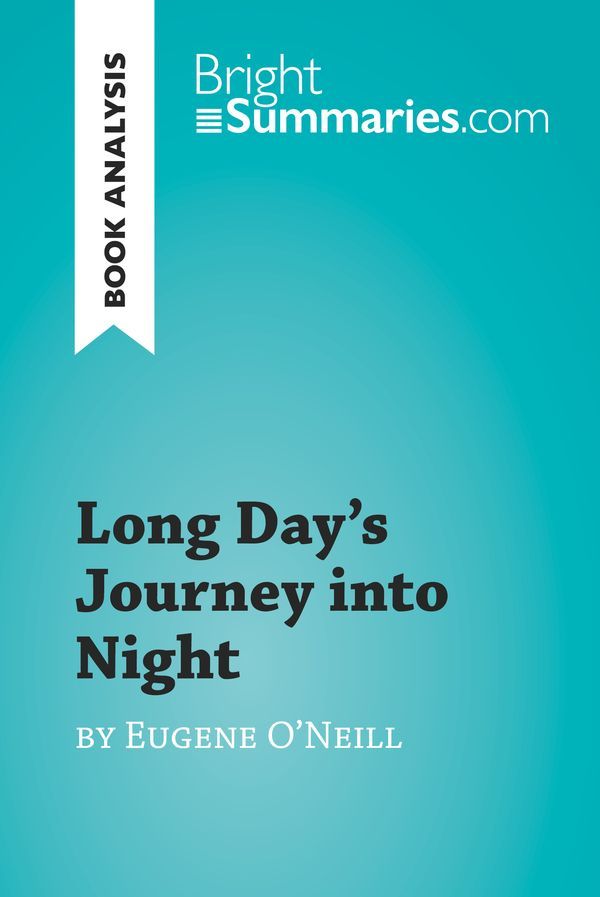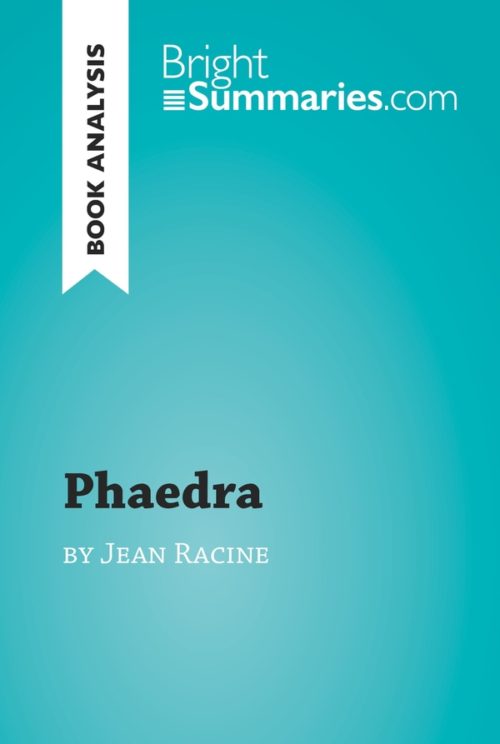Long Day's Journey into Night by Eugene O'Neill (Book Analysis)
Long Day’s Journey into Night by Eugene O’Neill (Book Analysis)
Detailed Summary, Analysis and Reading Guide
Read more
This practical and insightful reading guide offers a complete summary and analysis of Long Day’s Journey into Night by Eugene O’Neill. It provides a thorough exploration of the play’s plot, characters and main themes, including the genre of tragedy, religion and addiction. The clear and concise style makes for easy understanding, providing the perfect opportunity to improve your literary knowledge in no time.
This clear and detailed 64-page reading guide is structured as follows:
- Biography of Eugene O’Neill
- Presentation of Long Day’s Journey into Night
- Summary of Long Day’s Journey into Night
- Character studypast
- James Tyrone
- Mary Cavan Tyrone
- James Tyrone, Jr.
- Edmund Tyrone
- Cathleen
- Analysis of Long Day’s Journey into Night
- A modern tragedy
- Home
- Fog, addiction and blindnesshome
- Social class and Irish-ness
- God and ‘the gods’
About Long Day’s Journey into Night
Long Day’s Journey into Night is considered one of Eugene O’Neill’s significant plays. The action transpires over the course of a single day at the Tyrone family’s summer home, where tensions are running high as a result of the younger son Edmund’s impending tuberculosis diagnosis and his mother Mary’s relapse into morphine addiction, creating deep rifts between each of the characters. The play is semi-autobiographical in nature: Edmund’s illness mirrors O’Neill’s own experiences of tuberculosis, and his mother was also a drug addict; his father even had similar regrets over his career choices to those of James Tyrone. At O’Neill’s request, the play was not published until after his death in 1953.
About Eugene O’Neill
Eugene O’Neill was one of the most celebrated American playwrights of the 20th century. After being diagnosed with tuberculosis at an early age and spending a year in a sanatorium to recover, he embarked on a lengthy career that saw him win the Pulitzer Prize for Drama on four occasions, as well as receiving the Nobel Prize in Literature in 1936. His work influenced later well-known American playwrights such as Tennessee Williams and Arthur Miller, and his plays remain popular today.
Product details
| ISBN | 9782808018500 |
|---|---|
| Publisher | Plurilingua Publishing |
| Collection | Brightsummaries.com |
| Format | |
| Pages | 64 |
| File size | 2.3 MB |







